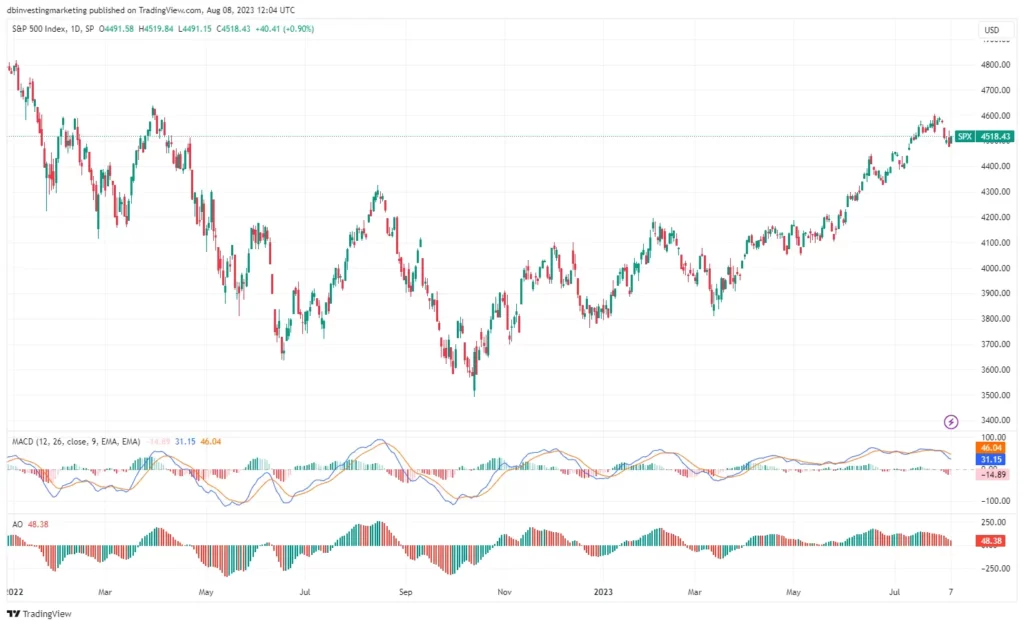- Understanding the S&P 500 Index
- Benefits of Investing in the S&P 500
- Assessing Your Risk Tolerance
- Different Ways to Invest in the S&P 500
- Choosing the Right Investment Platform
- Dollar-Cost Averaging Strategy
- Rebalancing Your Portfolio
- Tax Considerations
- Diversification Beyond the S&P 500
- Staying Informed and Updated
- Common Mistakes to Avoid
- FAQs: Frequently Asked Questions
Understanding the S&P 500 Index
The S&P 500 is one of the most widely followed stock market indices globally. It comprises 500 large-cap companies from various industries, including technology, finance, healthcare, and consumer goods. These companies represent a significant portion of the total market capitalization in the US.
Benefits of Investing in the S&P 500
Investing in the S&P 500 offers several advantages for both new and seasoned investors. One of the key benefits is diversification. Since the index includes 500 different companies, it spreads risk across multiple sectors, reducing the impact of poor performance by individual stocks.
Moreover, the S&P 500 has historically delivered strong long-term returns, outperforming many other investment options. This makes it an attractive choice for those seeking steady capital appreciation over time.
Assessing Your Risk Tolerance
Before investing in the S&P 500 or any other asset, it’s essential to assess your risk tolerance. While the S&P 500 has historically provided solid returns, it is subject to market fluctuations. Understanding your risk tolerance will help you determine the proportion of your portfolio that should be allocated to this index.

Different Ways to Invest in the S&P 500
S&P 500 Index Funds
S&P 500 index funds are mutual funds or exchange-traded funds that aim to replicate the performance of the S&P 500. These funds provide broad exposure to the index and are passively managed, which means they have lower expense ratios compared to actively managed funds.
Exchange-Traded Funds (ETFs)
ETFs are similar to index funds but trade on stock exchanges like individual stocks. They offer intraday liquidity and can be bought or sold throughout the trading day. ETFs are a popular choice for investors looking for flexibility and lower expense ratios.
Mutual Funds
Mutual funds pool money from multiple investors to invest in a diversified portfolio of stocks. Some mutual funds are designed to track the S&P 500’s performance, while others may have a different investment objective.
Individual Stocks
Investors can also choose to buy individual stocks of the companies listed in the S&P 500. This approach requires more research and knowledge about individual companies but offers the potential for higher returns.
Choosing the Right Investment Platform
Selecting the right investment platform is crucial for a smooth investing experience. Look for platforms with user-friendly interfaces, low fees, and a wide range of investment options, including S&P 500 index funds and ETFs.
Dollar-Cost Averaging Strategy
Dollar-cost averaging involves investing a fixed amount regularly in the S&P 500, regardless of its current price. This strategy reduces the impact of short-term market volatility and allows investors to buy more shares when prices are low and fewer shares when prices are high.
Rebalancing Your Portfolio
Regularly rebalancing your portfolio helps maintain your desired asset allocation. If the S&P 500 has performed exceptionally well, it might dominate your portfolio. Rebalancing ensures you bring your portfolio back in line with your intended allocation.
Tax Considerations
Investors should be aware of the tax implications of investing in the S&P 500. Depending on the investment vehicle and holding period, capital gains may be subject to different tax rates.

Diversification Beyond the S&P 500
While the S&P 500 provides diversification within US large-cap stocks, it’s essential to consider other asset classes for further diversification. These may include international stocks, bonds, real estate, and commodities.
Staying Informed and Updated
Keep yourself informed about the S&P 500’s performance and market trends. Regularly review your investment strategy and make adjustments as needed based on your financial goals and changing market conditions.
Common Mistakes to Avoid
- Chasing hot stocks without proper research.
- Ignoring your risk tolerance and investing more than you can afford to lose.
- Making impulsive decisions based on short-term market fluctuations.
FAQs: Frequently Asked Questions
What is the S&P 500?
The S&P 500 is a stock market index that represents the performance of 500 large US companies.
Is investing in the S&P 500 risky?
While investing in the stock market always carries some level of risk, the S&P 500 is considered relatively less risky due to its diversification.
Can I invest in the S&P 500 if I’m not a US resident?
Yes, many international investment platforms offer access to the S&P 500 for non-US residents.
How much money do I need to invest in the S&P 500?
The amount required to invest in the S&P 500 varies depending on the investment platform and the investment vehicle you choose.
What are some alternative investments to consider?
Some alternative investments include real estate investment trusts (REITs), small-cap stocks, and international index funds.
Conclusion
Investing in the S&P 500 can be a rewarding long-term strategy for building wealth. By understanding the index, assessing your risk tolerance, choosing the right investment platform, and implementing sound investment strategies like dollar-cost averaging, you can take advantage of the growth potential of this renowned stock market index. Remember to stay disciplined, avoid common mistakes, and regularly review your investment strategy to stay on track.



